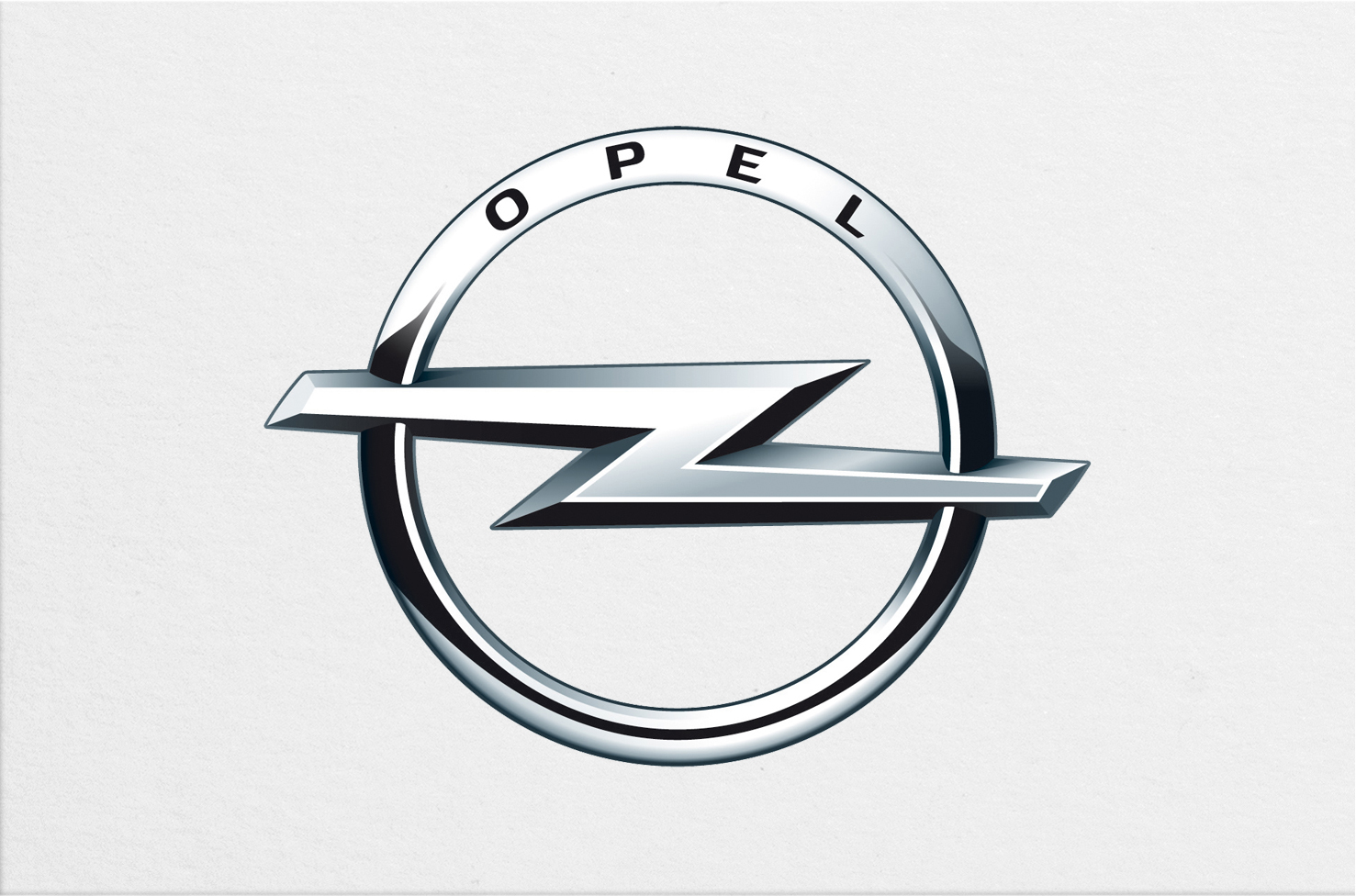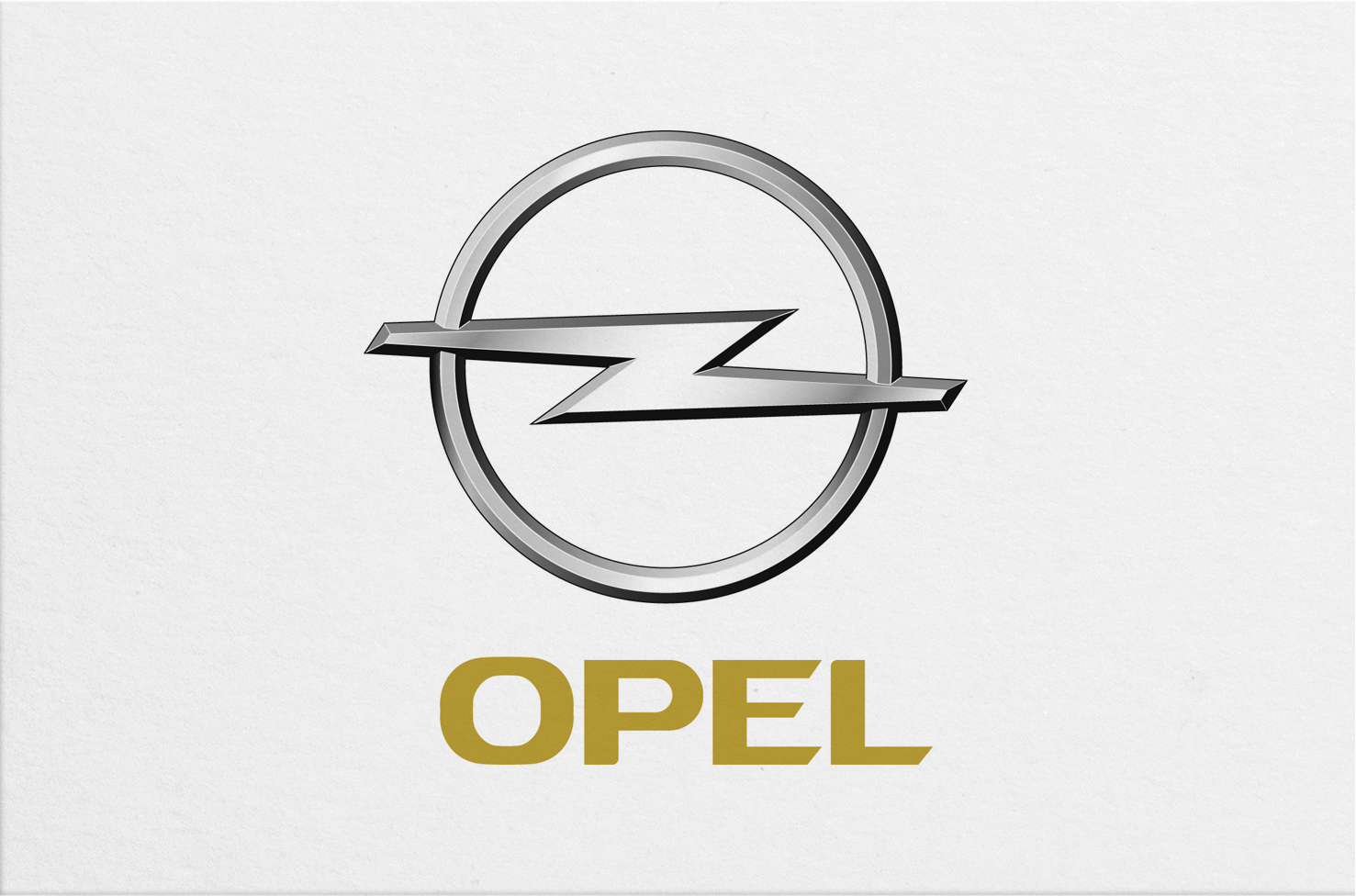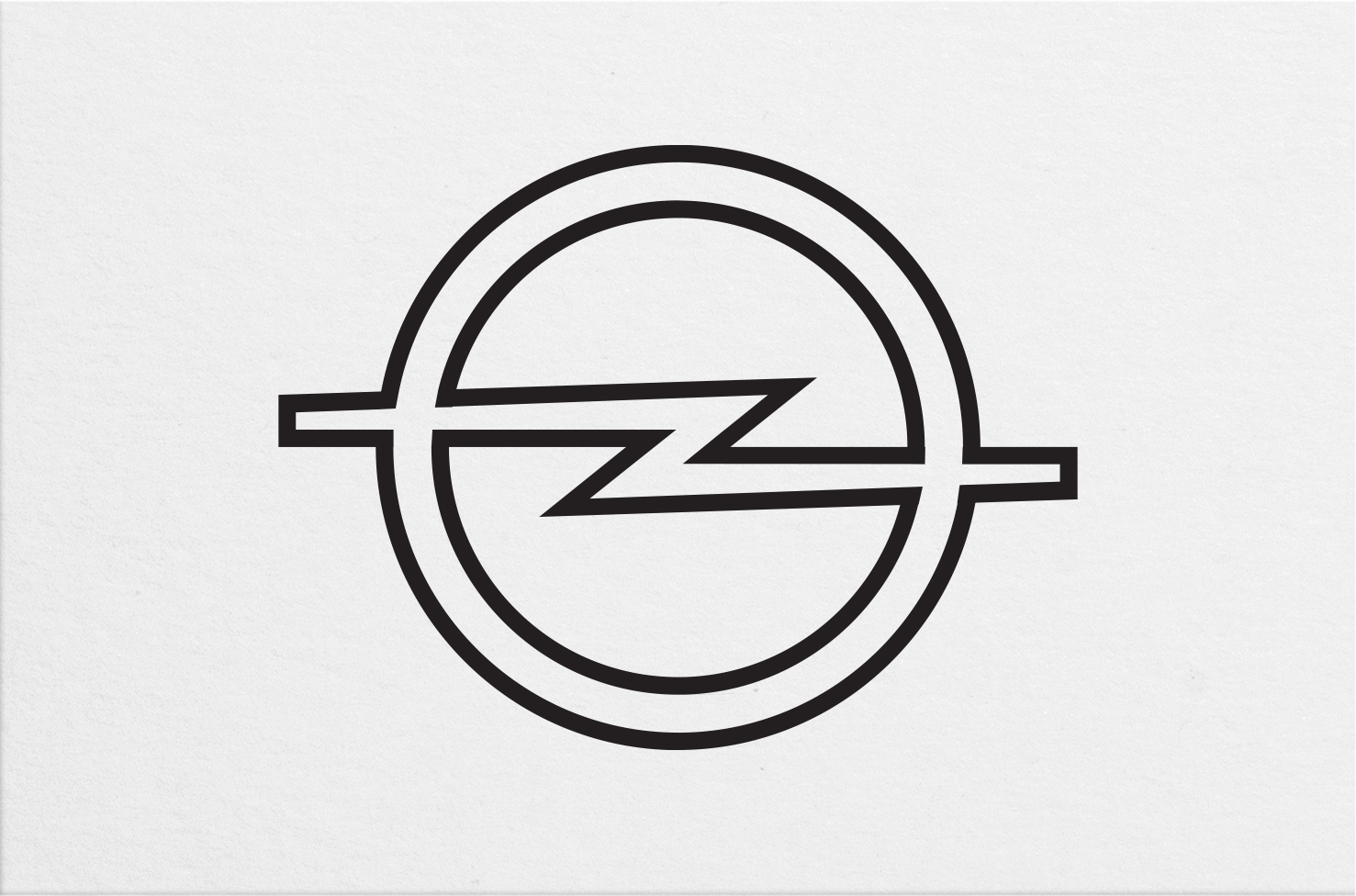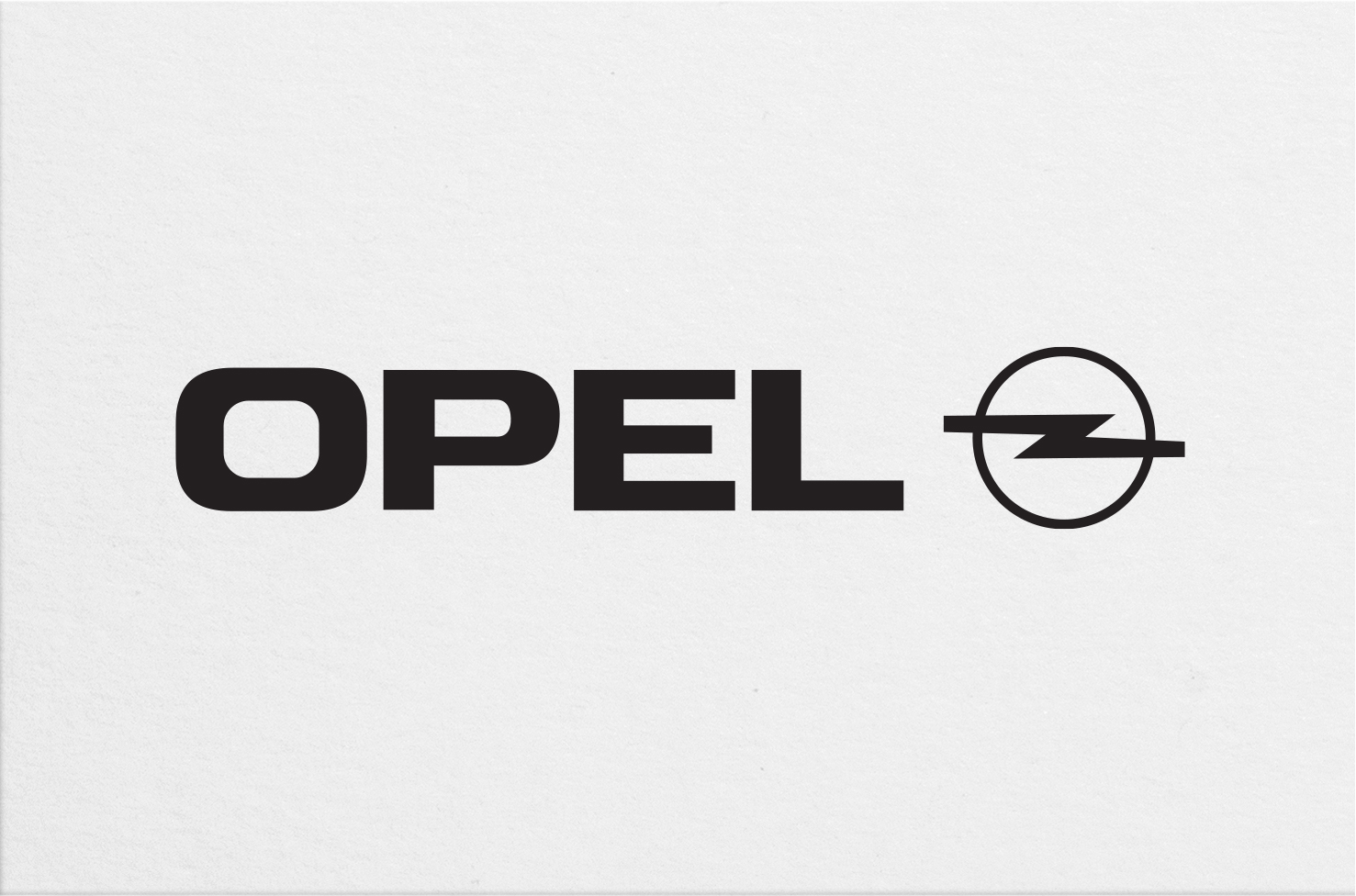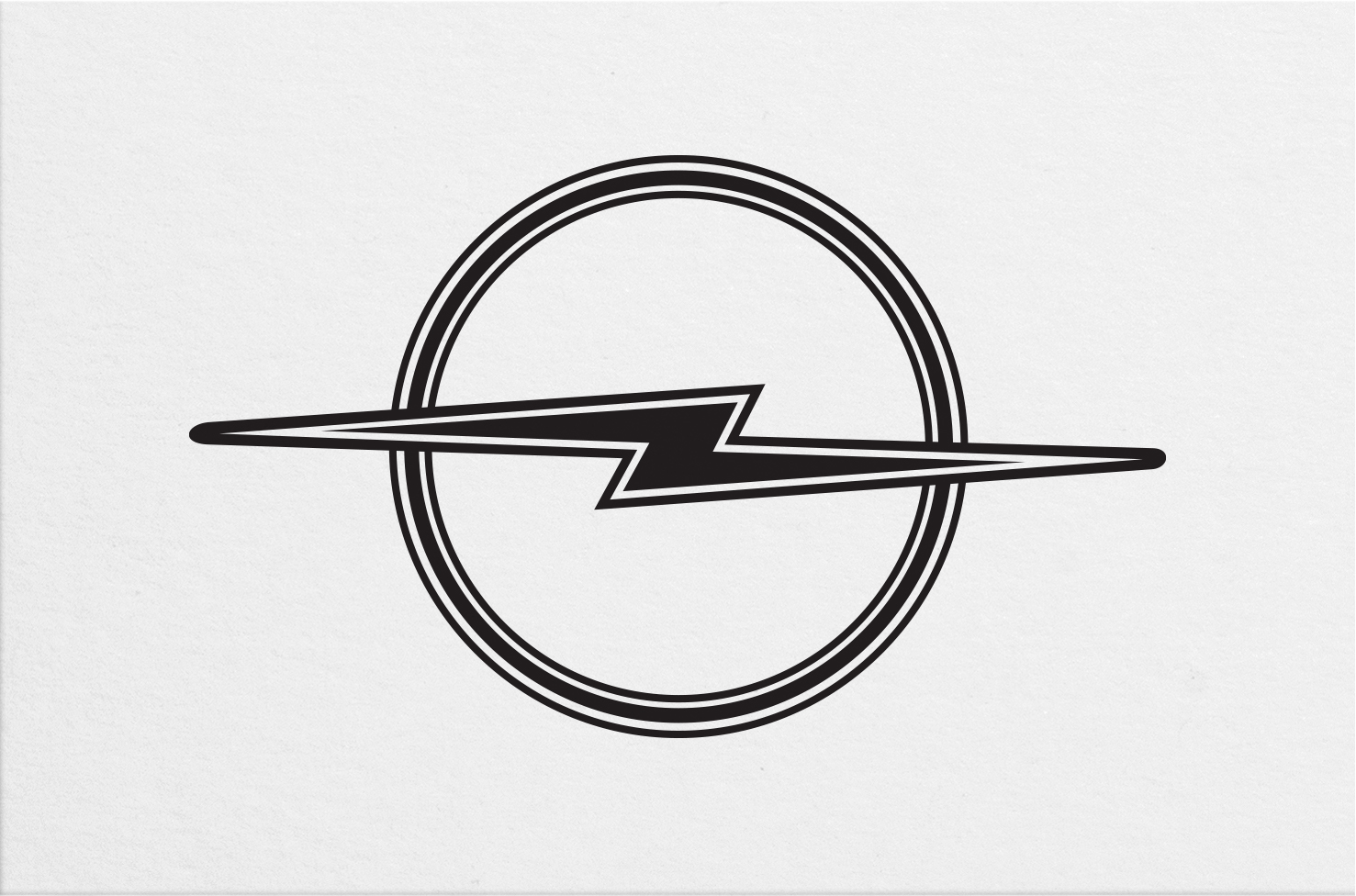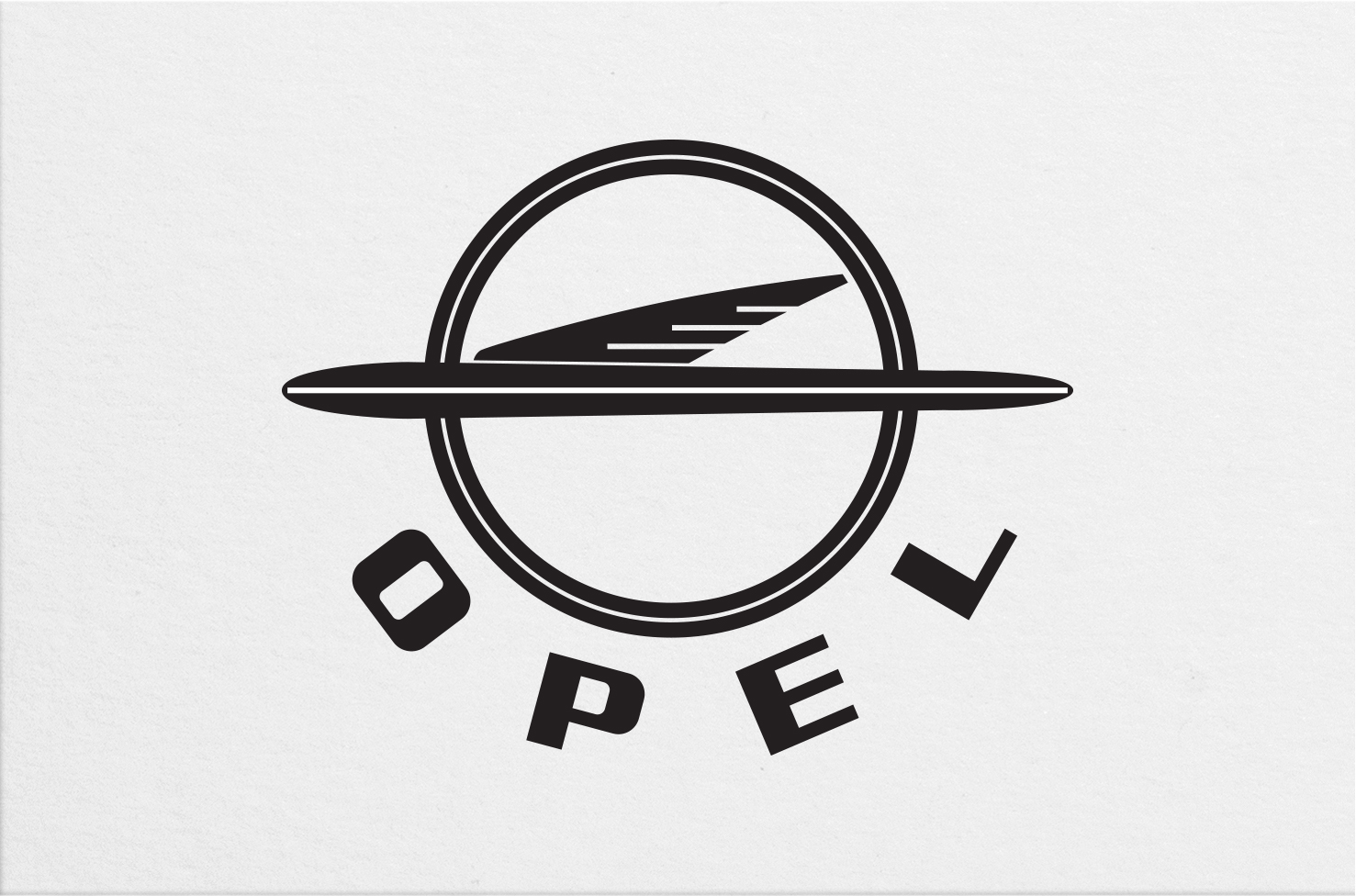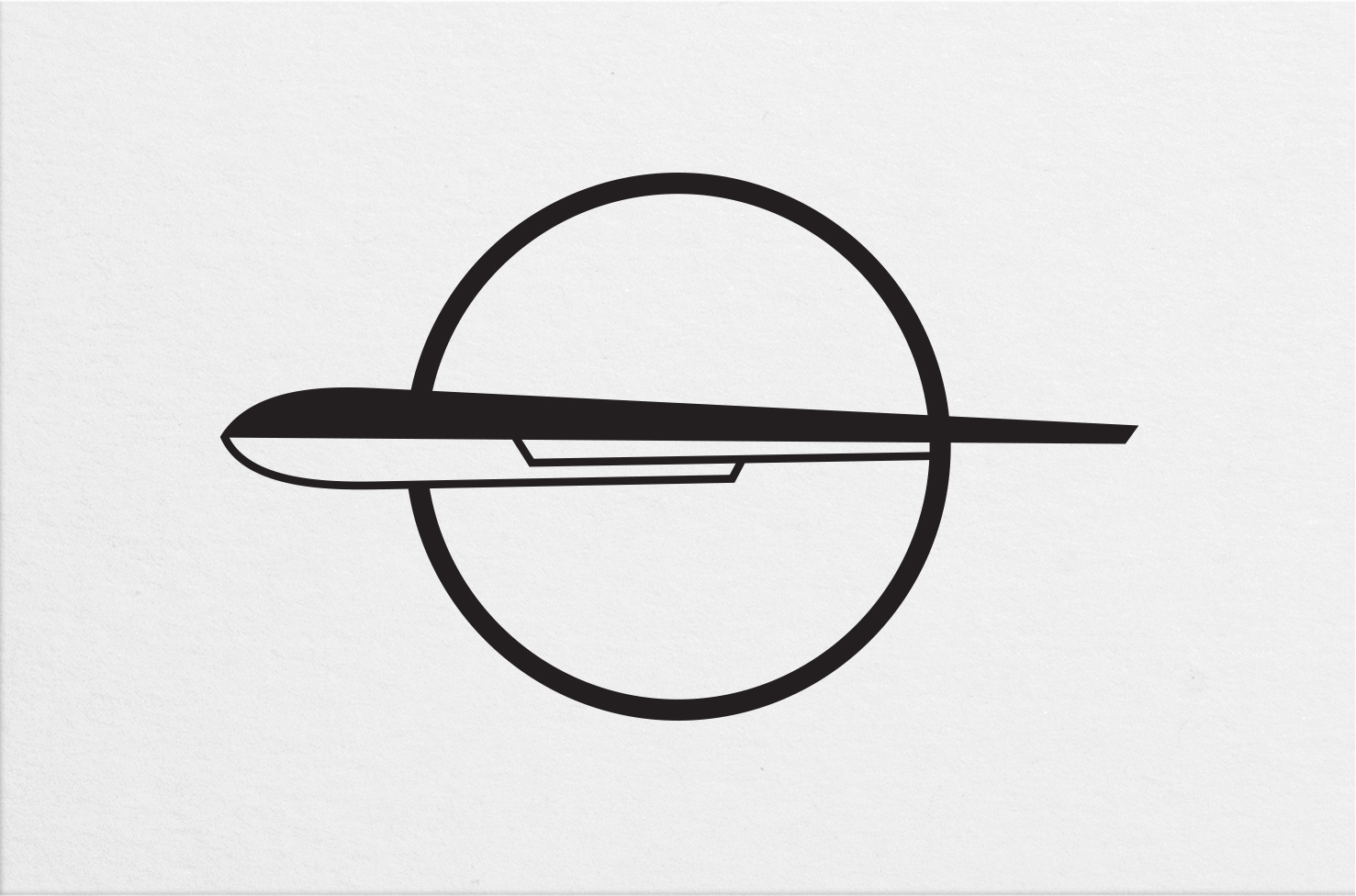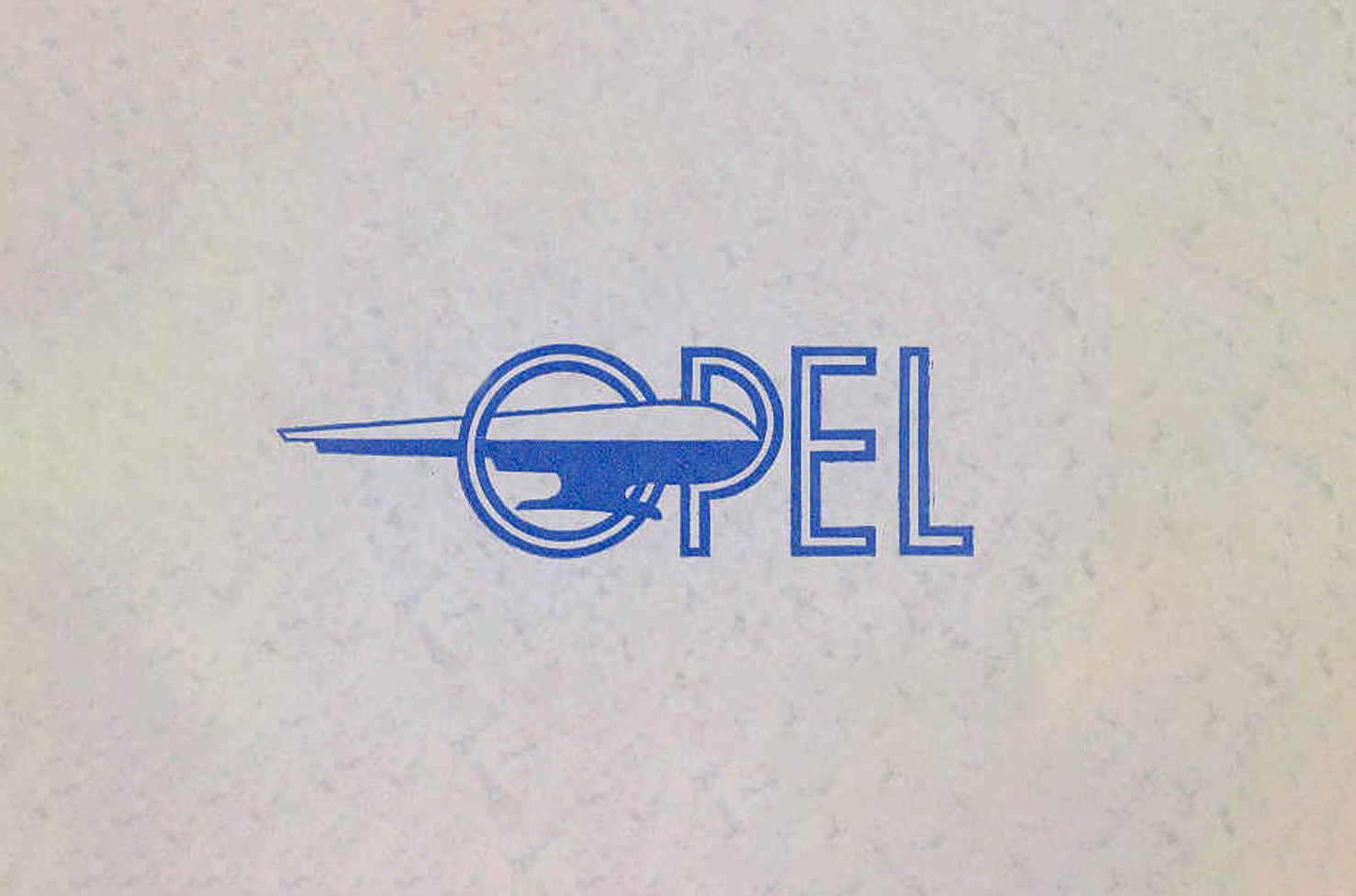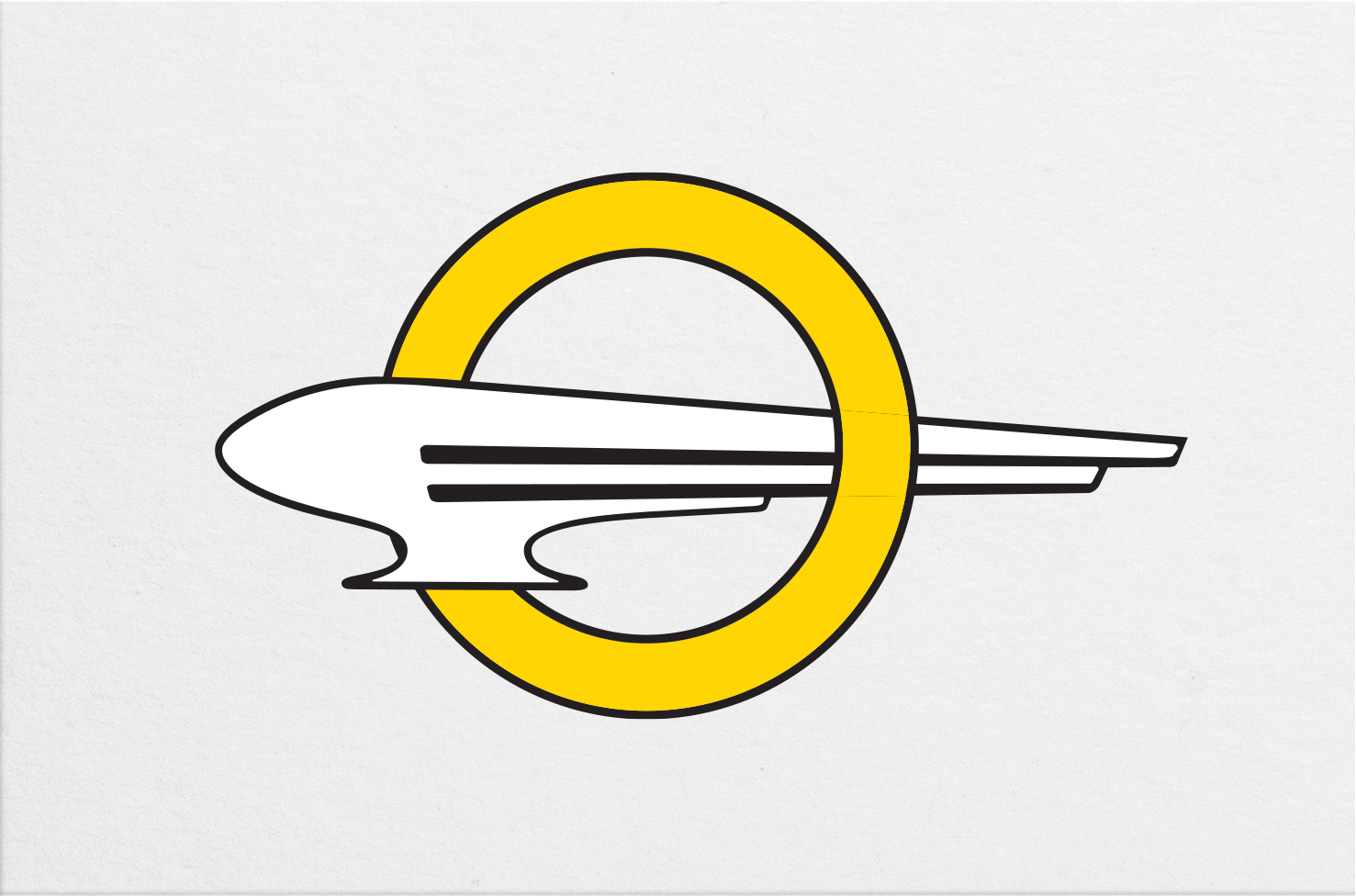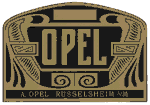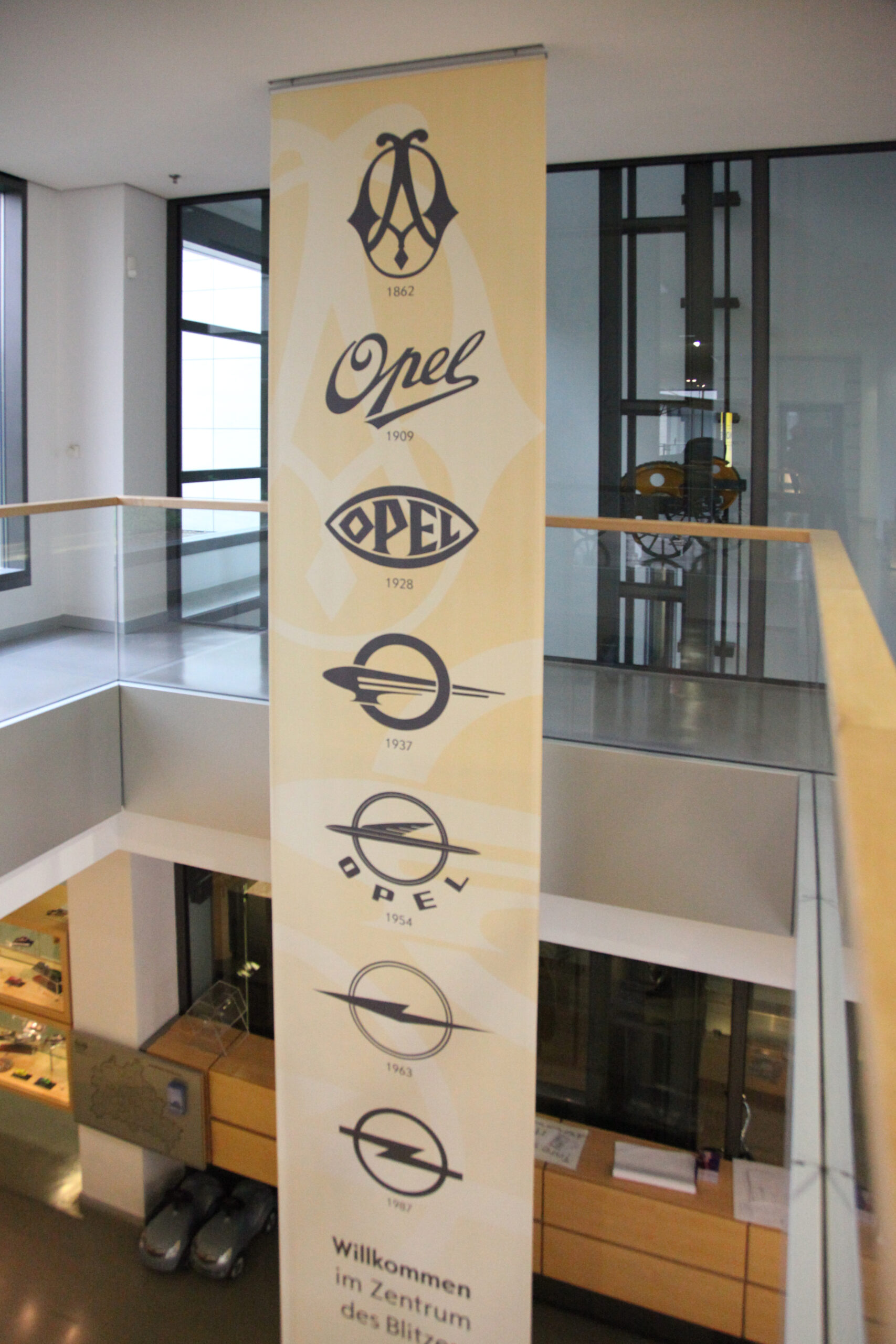In June of 2023, Opel revealed a new interpretation of its iconic emblem, the ‘Blitz’, which will feature on production vehicles as early as 2024. It will continue to form a central element of the Opel Compass, one of the main features of the Rüsselsheim-based carmaker’s exciting and critically acclaimed design philosophy, while simultaneously continuing to sit proudly at the centre of the Opel Vizor brand face. The lightning bolt – or ‘Blitz’ in German – is closely associated with electricity and is the ideal emblem to symbolise Opel’s approach to the era of electromobility.
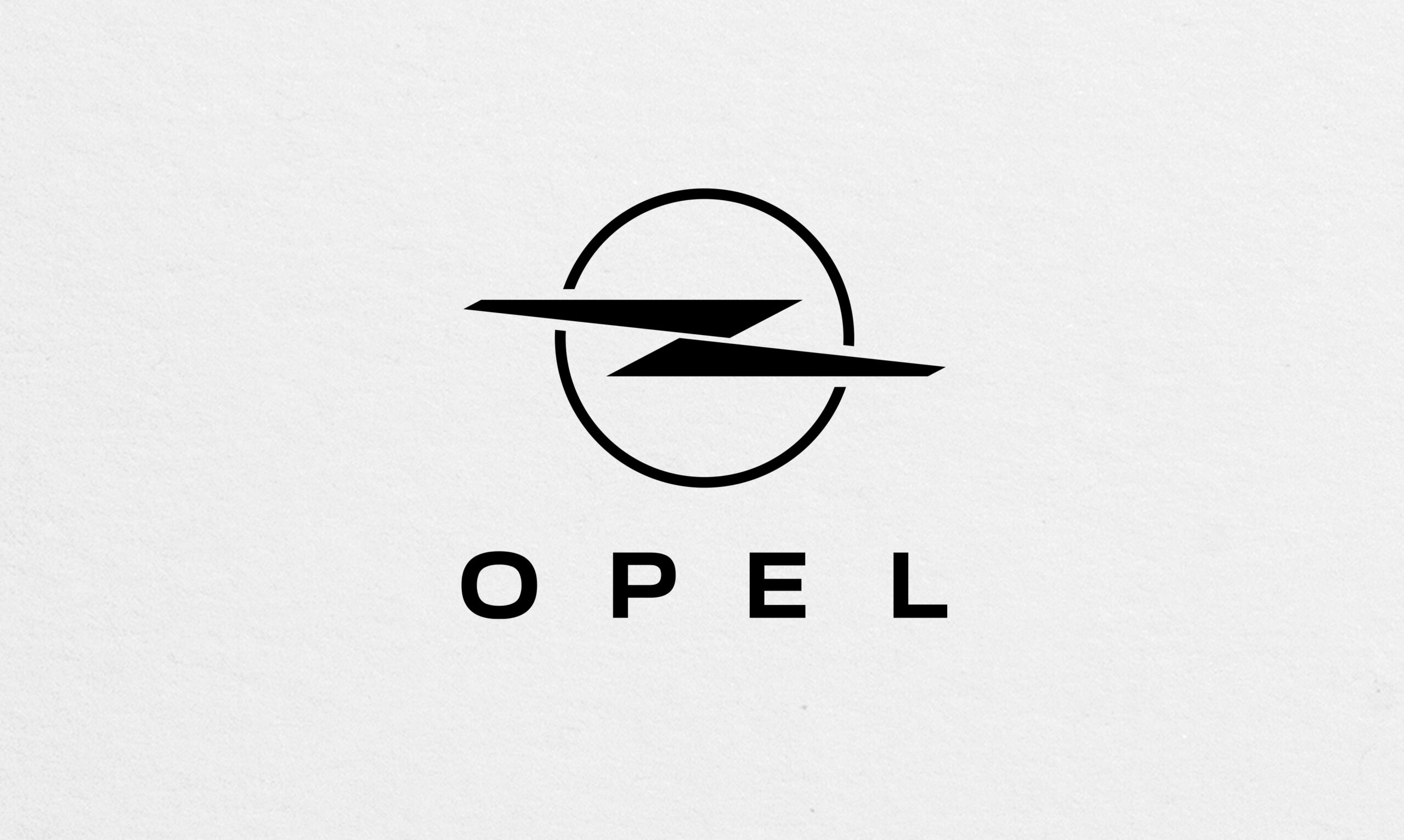
“Our ‘Blitz’ is more relevant than ever before. It not only symbolises our commitment to the democratization of innovation and mobility but also conveys our commitment to becoming a fully electric brand in Europe by 2028. This year, we will already have 15 electrified models in our portfolio and can proudly say that Opel is electric,” said Opel CEO Florian Huettl.
“The ‘Blitz’ is the icon for our Bold and Pure philosophy. The sharpened, confident new ‘Blitz’, intersects the pure supporting ring, giving our iconic emblem a progressive, modern look. It is positioned proudly at the centre of our compass, which is our key graphic design principle. The compass is the backbone of our front, rear and interior design elements,” said Mark Adams, Vice President design.
The German carmaker will gradually roll out the new ‘Blitz’ across its product portfolio in the coming years with the first production vehicle set to sport the new look in 2024. However, Opel CEO Florian Huettl announced that the new emblem will feature prominently this year already. “The IAA Mobility is one of the biggest motor shows in the world and therefore the perfect location to proudly introduce a large, international audience to our new ‘Blitz’. Furthermore, we also have a surprise planned. Visitors of our presence in Munich will be thrilled,” he said. (Source: Opel)
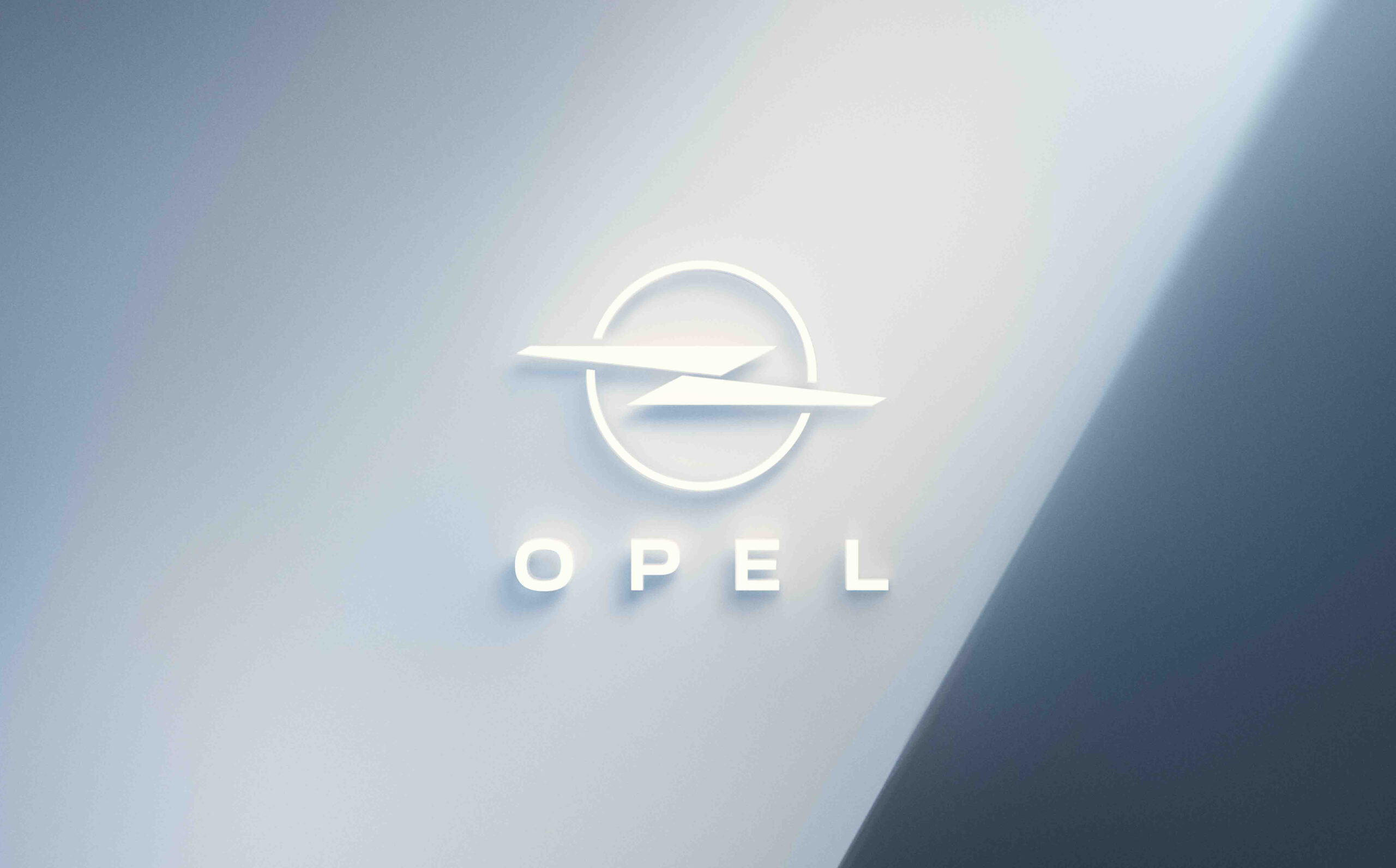
After listening to the advice of her sons Carl, Wilhelm and Friedrich, Sophie Opel decided to start producing cars in 1899 – four years after the death of company founder Adam Opel. What started in a garage in Rüsselsheim am Main with 65 hand-made Opel Patentmotorwagen “System Lutzmann”, has long become a mass phenomenon with more than 70 million vehicles built to date.
From the very beginning, Opel championed the cause of producing cars as efficiently as possible and thus making them affordable for a broad audience.
Opel joins the ranks of the automotive pioneers of the late 19th century that include Daimler, Benz and Peugeot by buying Friedrich Lutzmann’s motor car factory. In the spring of 1899, the first Patentmotorwagen “System Lutzmann” is built in Rüsselsheim.
Two years later, a converted Lutzmann wins the Heidelberg-Königstuhl “Mountain Race” by beating “16 other vehicles made by well-known German carmakers”.
Overall, the development in the automotive industry is fast and furious. While the first models are direct descendants of horse-drawn carriages, Opel launches an ultra-modern small car for an extremely competitive price in 1909. The 4/8 hp Opel Doktorwagen already has an Opel-engineered and Opel-built 4-cylinder in-line engine. In the adverts, Opel promises that it is ideal for “Doctors, veterinarians and lawyers”.
The Doktorwagen is available for prices between 4,000 and 5,000 Mark while many other cars made during this period cost 20,000 Mark. It transforms the motor car from a prestigious toy for the rich and the famous into an affordable mobility solution for a broad audience.
Friedrich – who had since been promoted to chief engineer – and his brother Wilhelm introduce the assembly line production at Opel in 1924. Ford were the first company to introduce this cost-cutting method in America in 1913. Opel always had a keen eye for developments in other countries.
Adam Opel became fascinated by the sewing machine during his years of travel in France and later the System Darracq provided a major boost for car manufacturing in Rüsselsheim. The Opel brothers then launch the innovative 4/12 PS “Laubfrosch”. The two-seater with a top speed of 60 km/h is available for 3,900 Goldmark thanks to assembly line production. Later, the “car for everyone” is available for 1,930 Reichsmark. In the following years, an entire vehicle family is created based on the Laubfrosch technology. In total, 119,484 Opel 4 PS models are made until 1931.
What these revolutionary cars are for the 1920s, the Kadett is for the 1930s. Automotive progress is taking huge steps. The Kadett replaces the successful Opel P4 and celebrates its debut with a self-supporting steel body, single-wheel front suspension, 4-cylinder four-stroke engine and hydraulic drum brakes. The prices are well below those of the direct competitors. In 1938, the “normal” Opel Kadett limousine is available for an affordable 1,795 Mark.
The Kadett nameplate is revived in 1962 and Opel ups the ante even further with the Kadett A. While many competitors still rely on two-stroke or air-cooled rear-mounted engines, the newcomer shines with the comfort of a water-cooled 4-cylinder unit, a quiet 4-speed transmission and body styles ranging from coupé to Caravan.
The first all-new Opel after the war is the Olympia Rekord and it begins in a new era with its pontoon-style body and chrome plated shark mouth. The design takes cues from that of large American limousines – and is perfect for the economic miracle that is just beginning. Those who are successful want to show it again.
And a new type of vehicle also makes its debut with the Olympia Rekord Caravan – a lifestyle estate for the whole family. An all-new Opel Kapitän arrives in 1954, the Opel Rekord P2 is introduced in 1960 and the Rekord A follows in 1963 with disc brakes and soon afterwards with 6-cylinders. No matter whether as a coupé, estate or limousine – the mid-size Rekord becomes synonymous with the new middle class in the young Federal Republic of Germany. Opel produces 882,433 Rekord A by 1965.
This success opens the door for the “big three” and in 1964 the “KAD” – for Kapitän, Admiral and Diplomat – arrive in the luxury class. The second generation of these KAD models can even boast a unique level of driving comfort thanks to the legendary de Dion rear axle. Opel introduces the safety steering column in all passenger car models in 1968. Innovations to help cope with the growing amount of traffic.
Opel becomes the first European manufacturer to open a true, modern design studio in June 1964. And only one year later, the first concept car from a European manufacturer, the Experimental GT, celebrates its debut at the 1965 Frankfurt Motor Show. A further 36 months later, the serial production Opel GT is available from Opel dealers and marks the birth of a sports car legend. The icon is affordable for a broad audience thanks to mass production technology and the GT is the next hit from Rüsselsheim.
The company sticks to this approach in the coming years. The Manta shares its technology with the Ascona when it is launched in 1970 and the Calibra “borrows” the Vectra’s technology from 1989.
The top-of-the-range variant of the aerodynamics world champion (Cd of 0.26), the Calibra Turbo delivers 204 hp and offers the driving performance of sports cars twice its price.
In 1982, Opel made a huge splash with a small car. The Corsa A rounded off the company’s offering by sitting neatly under the Kadett. The Corsa was an impressive display of getting the most out of a small space without compromising on driving pleasure or cost effectiveness. Every single generation of the Corsa (A to E) has driven and continued the democratisation of individual mobility. To date, almost 14 million Corsa have been registered. In 2019 the next generation will follow adding a new chapter to the story – with a fully electric version of the Corsa.
Just as the Corsa has shaped the small car segment, the Zafira has defined the compact van segment with room for seven since 1999. The third row of seats that disappears entirely under the boot floor is simply a stroke of genius. Owners of models made by competitors have to painstakingly remove the additional heavy seats when the boot space is required. Seven people can easily fit into the 4.32 metre long Zafira. Alternatively, the compact van can double as a transporter in a matter of seconds by folding award the seats and created a 1.56 by 1.15 metre loading area with a total capacity of up to 1,700 litres. The current Zafira is also a master of metamorphosis doubling as a transporter and a lounge on wheels thanks to the Flex7®Plus seating system.
A further trendsetter follows in the footsteps of the Corsa and Zafira after celebrating its world premiere at the 2009 Geneva Motor Show: The Opel Ampera, a car that redefines electro-mobility. The 2012 Car of the Year drives electric and also has its own source of power on board with the range extender. This makes the Ampera just as independent from loading stations as a conventional passenger car. Opel presents the next generation of the electric car at the 2016 Paris Motor Show. The Ampera-e has an all-electric NEDC range of 520 kilometres thanks to its 60 kWh state-of-the-art lithium-ion battery. And the 150 kW/204 hp electric motor gives it sports car-like acceleration. The next electric car from Rüsselsheim will follow in 2019 already and electro-mobility will get another boost with the Corsa-e – out of the niche and on to the road. (source: Opel)
